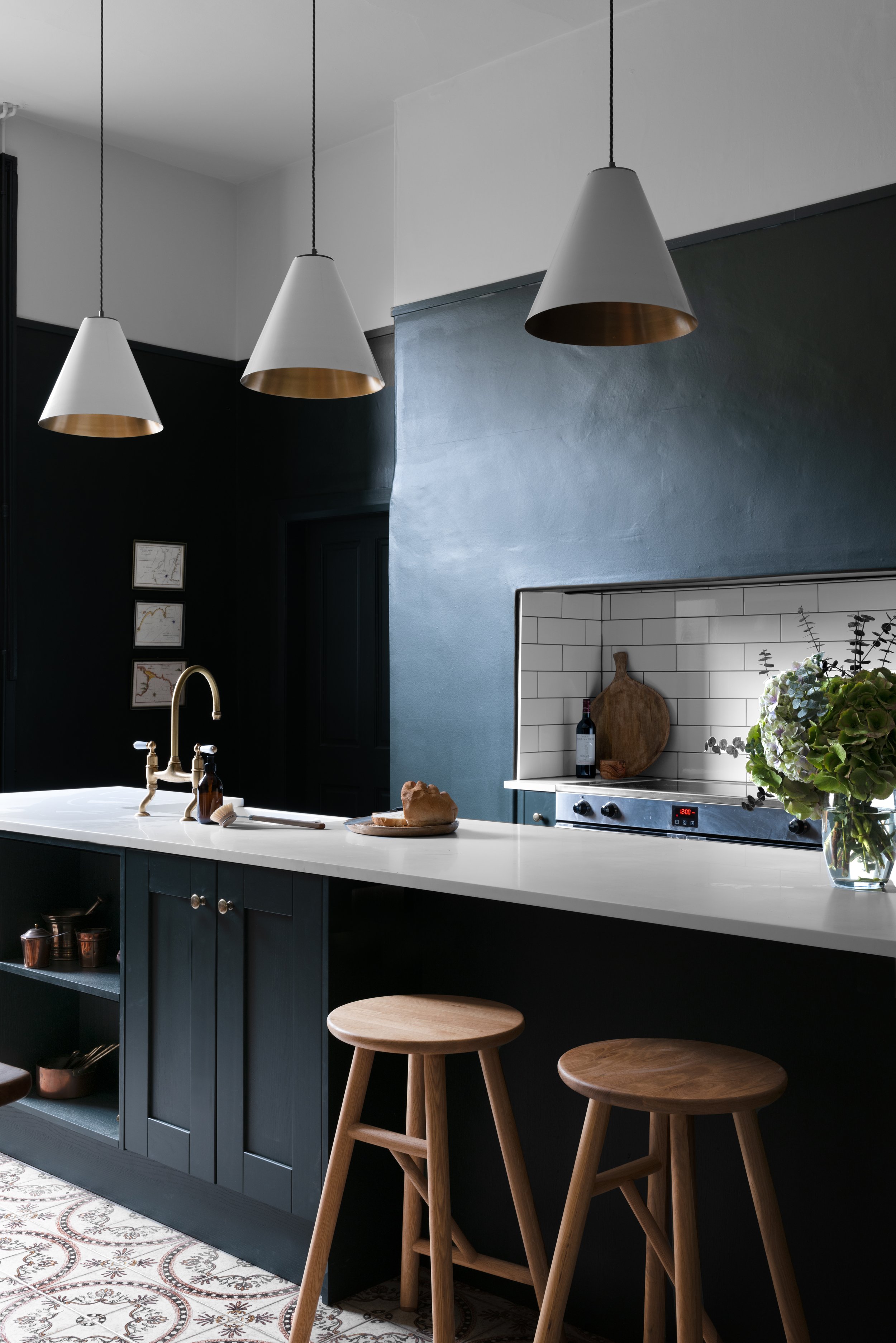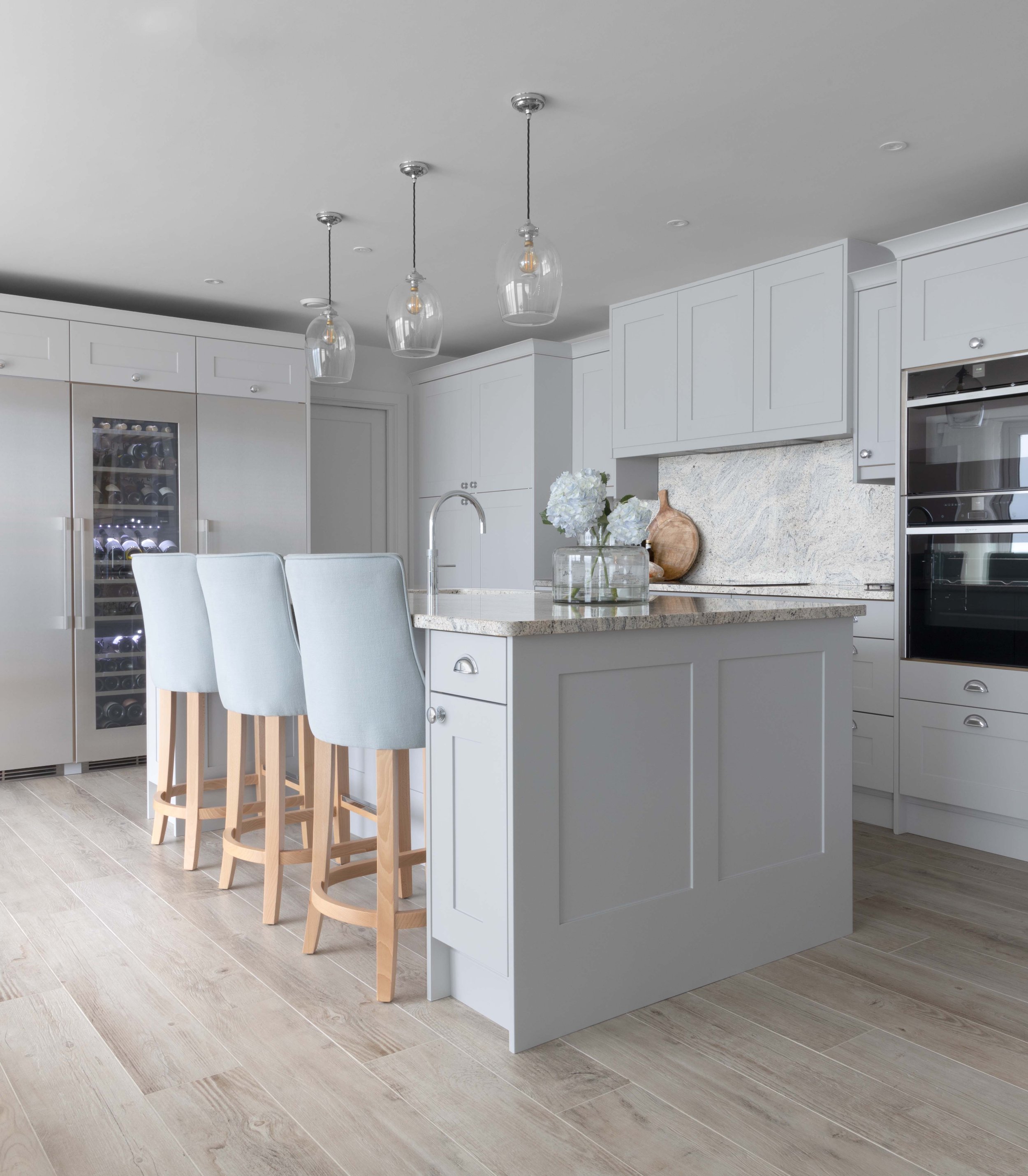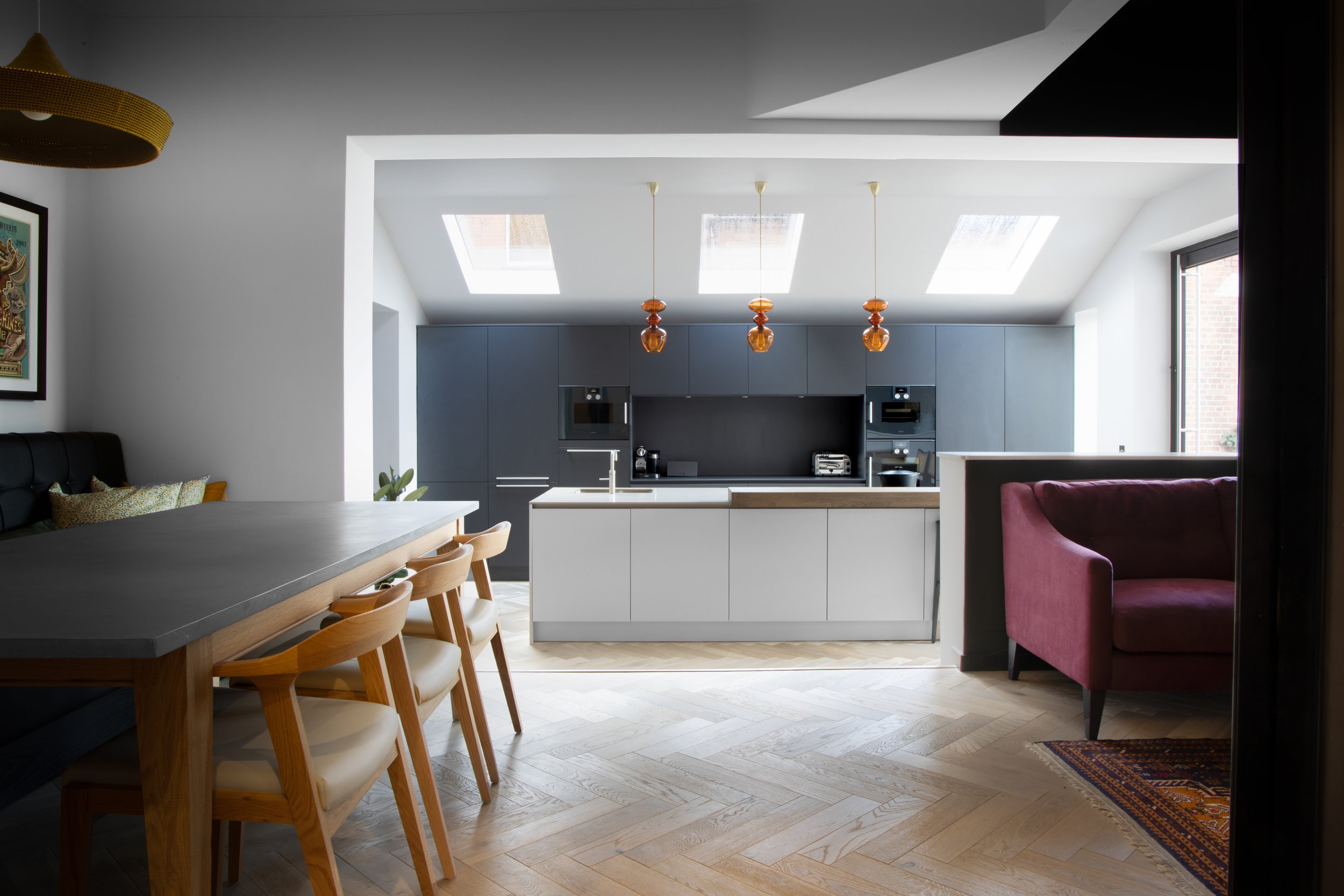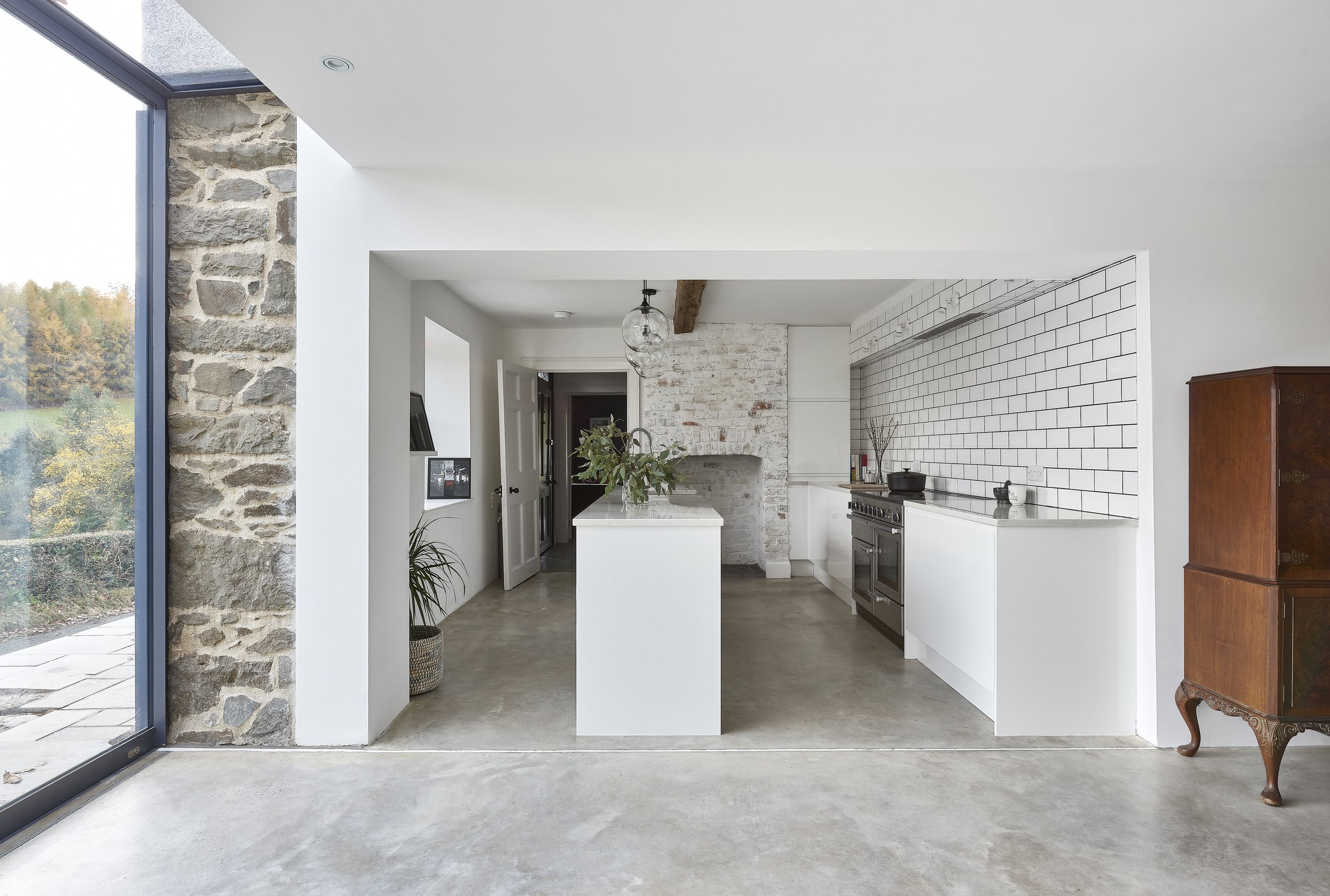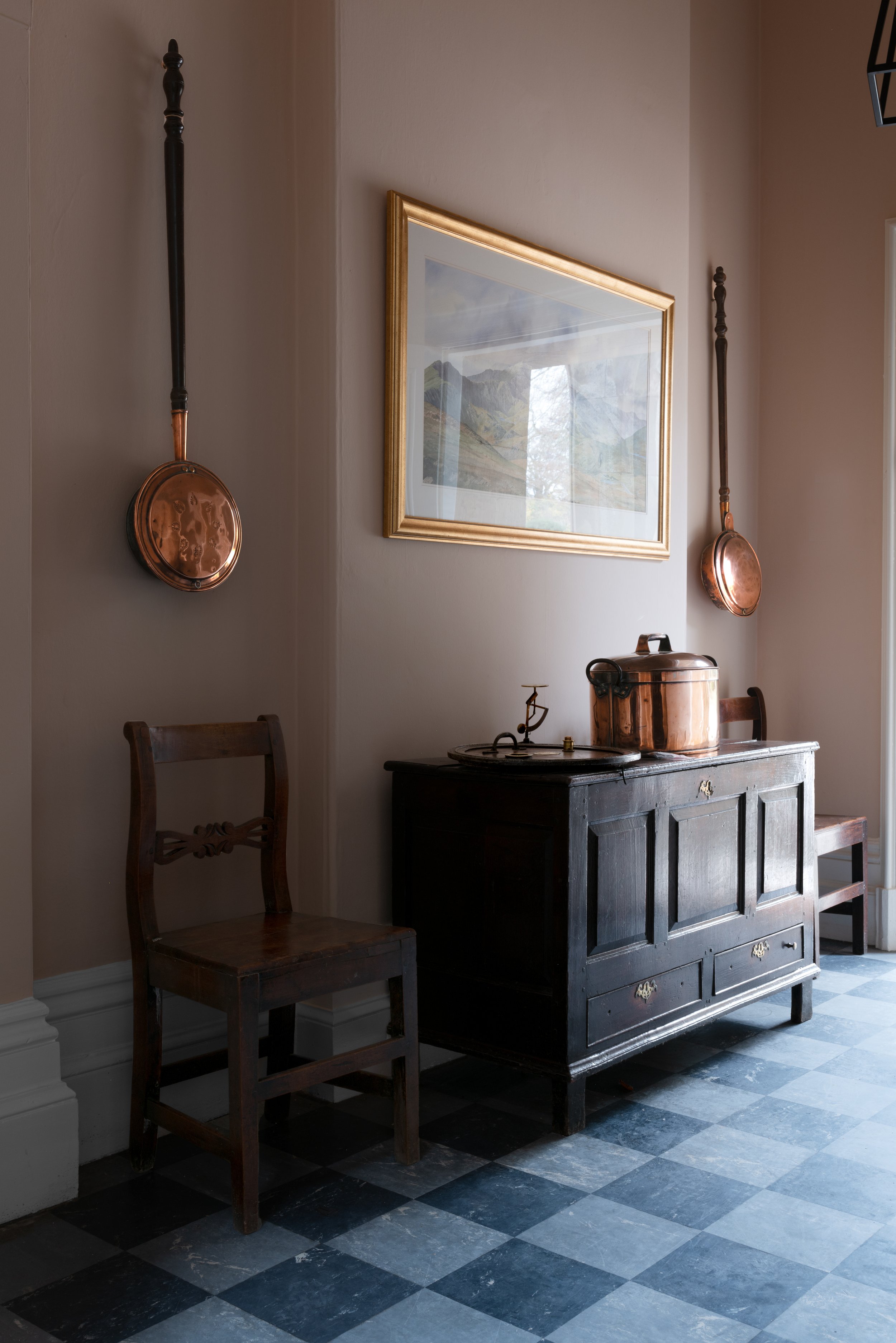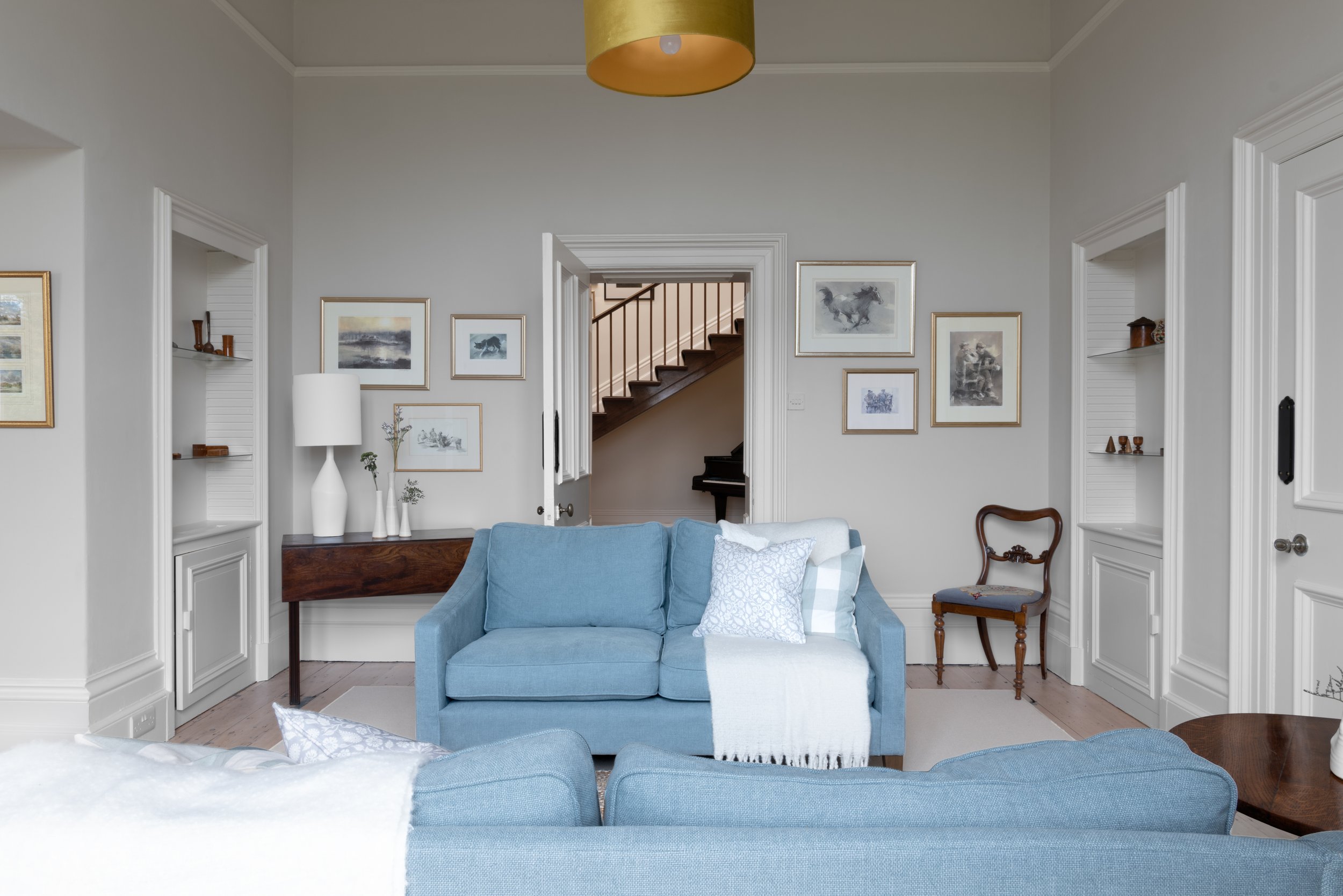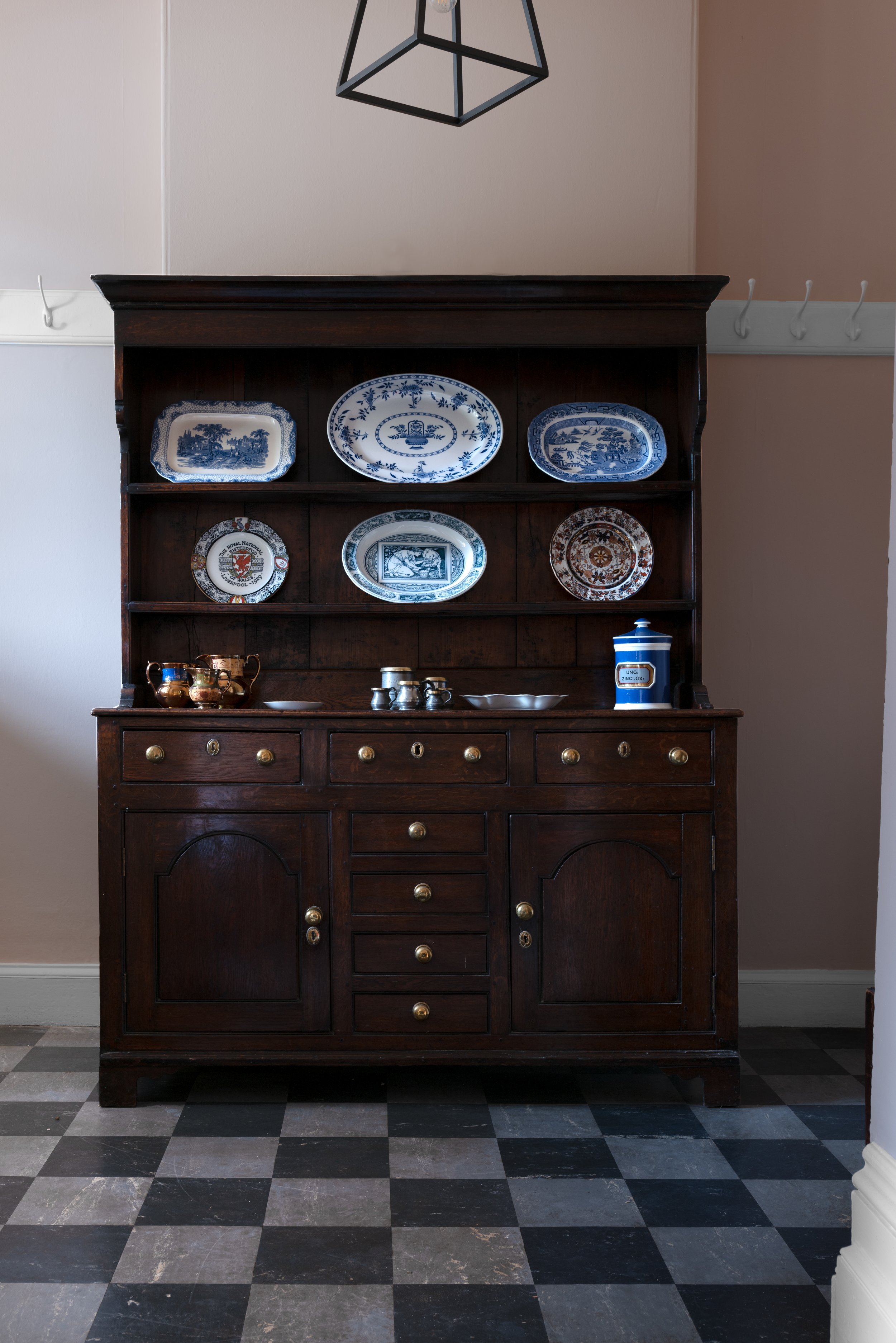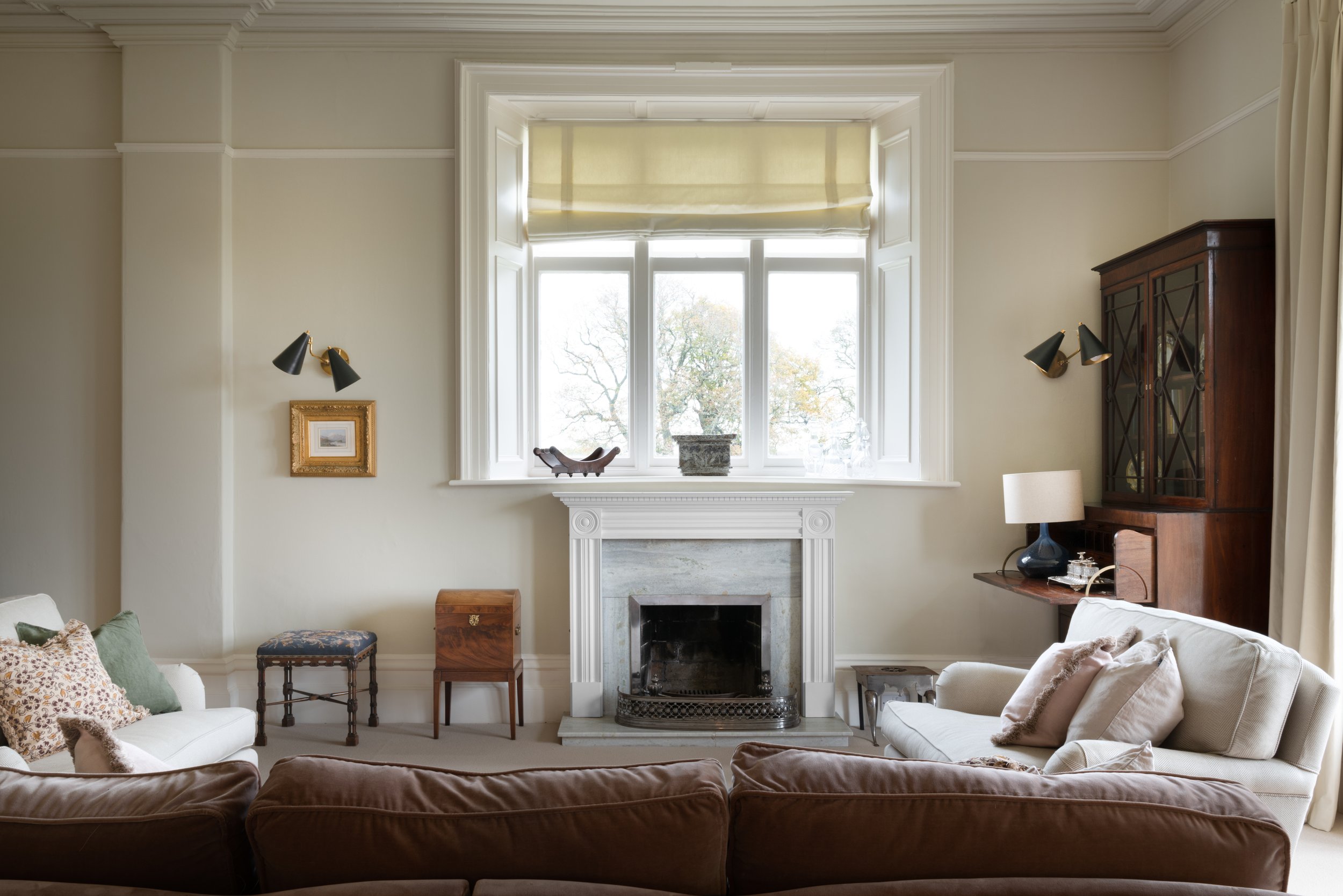In the world of interior design, the terms "interior designer" and "decorator" are often used interchangeably. However, they represent distinct roles with unique skill sets and responsibilities. In this post, we'll clarify the difference between an interior designer and a decorator, shedding light on what sets them apart.
Is an Interior Designer the Same as a Decorator?
No, an interior designer is not the same as a decorator, although their roles may overlap to some extent. Let's break down the key differences between the two:
Education and Training:
- **Interior Designer:** Interior designers typically undergo formal education and training. They often hold a bachelor's degree in interior design, which covers a wide range of topics, including architectural principles, building codes, space planning, and design theory. Many states and countries require interior designers to be licensed or registered.
- **Decorator:** Decorators may or may not have formal education or training in design. While some decorators have completed design courses or certifications, it's not a universal requirement. Decorators often focus on aesthetics and styling.
Scope of Work:
- **Interior Designer:** Interior designers have a broader scope of work. They are qualified to create comprehensive design plans that may involve architectural changes, space layout, and structural modifications. They can work on both residential and commercial projects, ensuring that the design not only looks good but also functions optimally. Interior designers are trained to consider safety, building codes, and accessibility.
- **Decorator:** Decorators primarily focus on the aesthetics of a space. They excel in selecting colors, furniture, accessories, and decor items to create visually pleasing interiors. While decorators enhance the look of a room, they typically don't engage in structural or architectural changes.
Problem-Solving and Functional Design:
- **Interior Designer:** Interior designers excel in problem-solving and functional design. They consider the layout, flow, and functionality of a space, addressing the needs and preferences of the client. Their designs are not only aesthetically pleasing but also highly practical and functional.
- **Decorator:** Decorators are primarily concerned with the visual aspects of design. They work with existing spaces and furniture to create cohesive and beautiful interiors. While they may offer some advice on layout, their primary focus is on decoration and styling.
When to Hire an Interior Designer vs. a Decorator:
- Consider hiring an interior designer when you need to make structural changes, reconfigure spaces, or require assistance with complex design projects. They are equipped to handle both the creative and technical aspects of design.
- Opt for a decorator when you're satisfied with the structural aspects of your space and are looking to enhance its visual appeal with colour schemes, furniture, and decor choices.
In conclusion, while interior designers and decorators share a passion for enhancing interiors, their roles, education, and scope of work differ significantly. Understanding these distinctions is crucial when embarking on an interior design project to ensure you hire the right professional for your specific needs. Whether you choose an interior designer or a decorator depends on the complexity of your project and your design goals.

